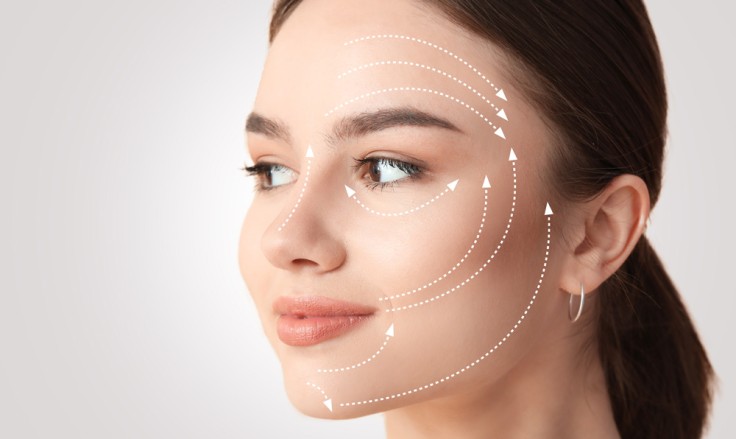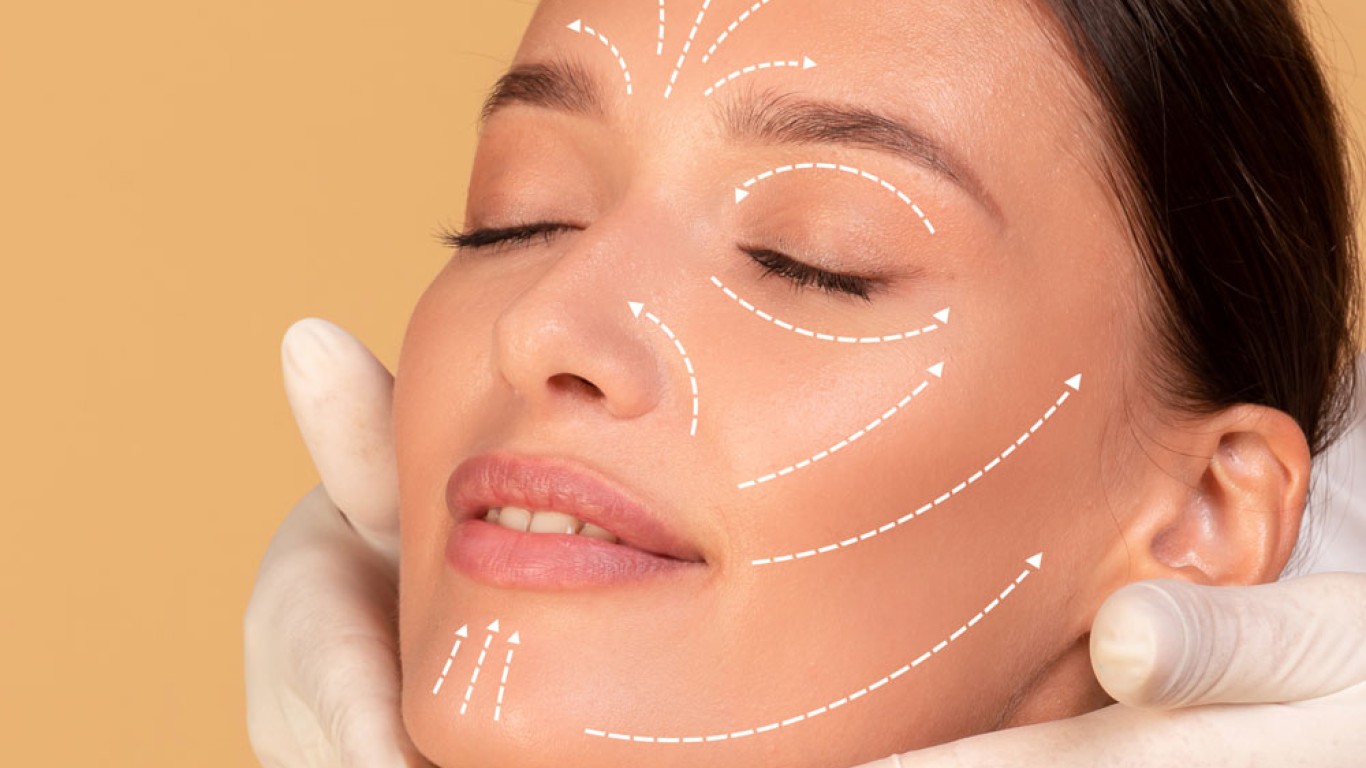A facelift is a popular cosmetic surgery designed to lift and tighten the skin of the face. It can smooth deep lines, define the jawline and restore a youthful appearance. However, many patients wonder how long it takes before they start seeing results. This guide walks you through the timeline so you know exactly what to expect.
What a Facelift Involves
A facelift, also known as rhytidectomy, targets sagging skin and deep wrinkles. It removes excess skin and tightens facial tissues. In many cases, it is combined with other treatments like neck lifts or eyelid surgery. The goal is a refreshed, natural appearance. While the surgery itself is straightforward, the recovery timeline can vary depending on your body and procedure type.
Immediate Aftermath of Facelift Surgery
Directly after surgery, your face will be swollen and bruised. This is completely normal. Bandages may be applied to support healing and reduce swelling. In the first 24 to 48 hours, you’ll likely feel tightness, mild discomfort and a pulling sensation. Pain is usually well-managed with prescribed medication. During this stage, results are not yet visible due to swelling.
The First Week of Healing
By the end of the first week, some swelling will have gone down. However, bruising may still be visible. Stitches are usually removed between five to seven days after surgery. Although your face might still feel tender, you can start moving around more. At this stage, you may begin to notice the general contour improvements under the swelling.
Week Two: Subtle Changes Begin
During the second week, swelling and bruising continue to subside. Any numbness or tightness may begin to lessen. Most patients return to light activities, though it’s advised to avoid anything strenuous. At this point, early changes may become visible. Your face may look smoother and firmer, albeit still healing.
Weeks Three and Four: Confidence Builds
This is when major changes become more noticeable. You may feel more confident going out without makeup or scarves. Swelling is greatly reduced and the final shape starts to appear. Any residual bruising is typically minor. Additionally, scars begin to fade and become less obvious. Your appearance is closer to the final outcome now.

One to Three Months: Facelift Results Take Shape
During the first few months, your skin adjusts fully to its new contours. Most patients see the majority of their results by the end of month two. However, subtle changes may continue as internal tissues settle. Many people choose this time for professional photos or important social events. By now, results are mostly stable.
Three to Six Months: Full Transformation
Within this time frame, most swelling is gone. The skin looks smoother, tighter and more youthful. Your scars are now less noticeable and can often be hidden with minimal makeup. This is considered the point when final results are apparent. You can enjoy your new look without worrying about signs of recent surgery.
What Affects the Healing Timeline?
Several factors influence how long it takes to see full results after a facelift. These include age, skin type, lifestyle and whether other procedures were done. Additionally, how well you follow aftercare instructions plays a huge role. Smoking, for instance, can slow down healing. On the other hand, rest and hydration can speed up your recovery.
Tips to Speed Up Facelift Recovery
To support quicker recovery, follow your surgeon’s advice precisely. Keep your head elevated to reduce swelling. Avoid alcohol and smoking, as both can delay healing. Eat nutritious meals and stay hydrated. Gentle walks can help boost circulation. Most importantly, don’t rush the process—healing takes time and patience.
When to Resume Normal Activities
Generally, you can resume normal daily activities after two weeks. However, intense exercise should wait until at least four weeks. Always confirm with your surgeon before returning to high-impact workouts. Make-up can be applied after stitches are removed and incisions are healed. Driving is usually safe after one week. This is provided you’re no longer taking prescription pain medication.
Can Facelift Results Be Long-Lasting?
Yes. A facelift offers results that typically last between seven to ten years. Though it cannot stop the ageing process, it resets your facial appearance to a younger state. With proper skincare, sun protection and a healthy lifestyle, results can be maintained longer. Periodic non-surgical treatments may also help preserve your rejuvenated look.
Importance of Follow-Up Visits
Attending follow-up appointments is key for monitoring progress. Your surgeon will assess healing, answer questions and adjust care if needed. These visits also help detect any concerns early and ensure you are on track. Skipping follow-ups can delay recovery or compromise results, so make sure you attend them all.
Emotional Recovery and Confidence Boost
Physical healing is one part of the journey. Many patients experience a boost in self-esteem once results settle. Although the early days may feel challenging, most people are delighted with their transformation. Confidence increases as bruising fades and natural beauty is restored. This emotional lift is a major reason why people opt for facelifts.
Conclusion
A facelift is a powerful way to refresh your appearance and regain confidence. While initial swelling can obscure results, improvements become clearer each week. By the three-month mark, you’ll see the full benefits. With proper care and patience, you can enjoy natural-looking, long-lasting results that reflect how you feel inside.
For more information and to book a consultation visit the ACIBADEM Beauty Center Facelift webpage.
Frequently Asked Questions
Most people look presentable within three weeks. Full results appear between three and six months.
Yes. Makeup can be worn once incisions are fully healed, usually after the first week.
Typically, facelift results last seven to ten years with good skincare and a healthy lifestyle.
Scars are small and usually hidden around the ears or hairline. They fade over time.
Yes. Many patients combine facelifts with eyelid surgery or neck lifts for more comprehensive results.













